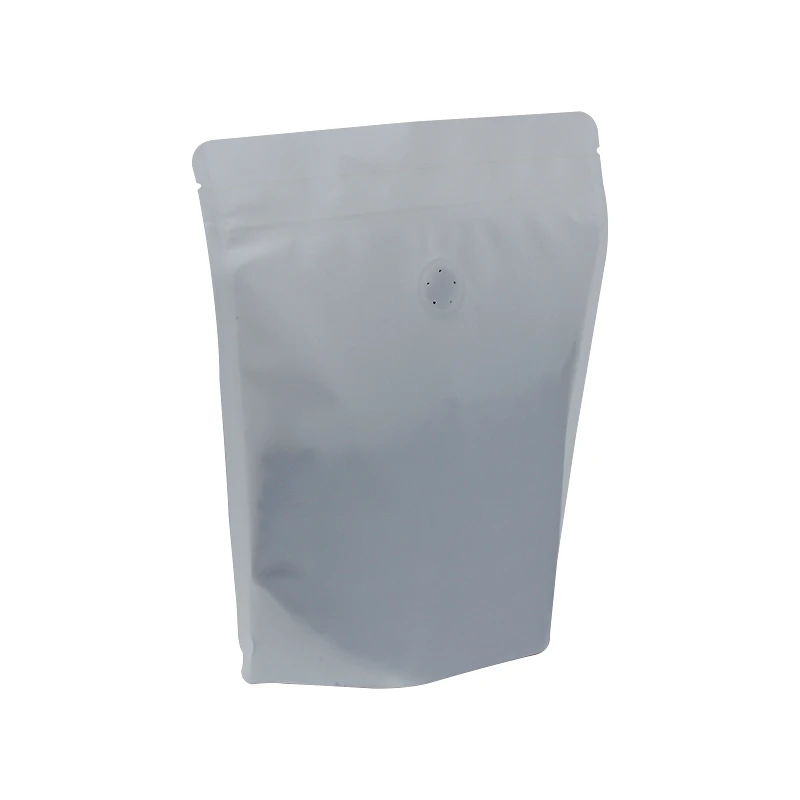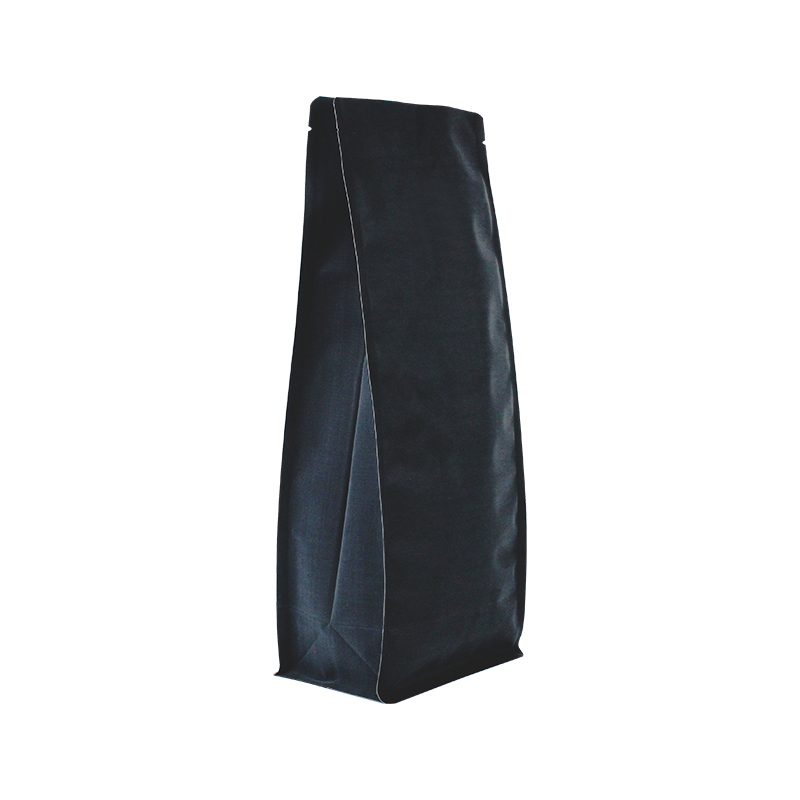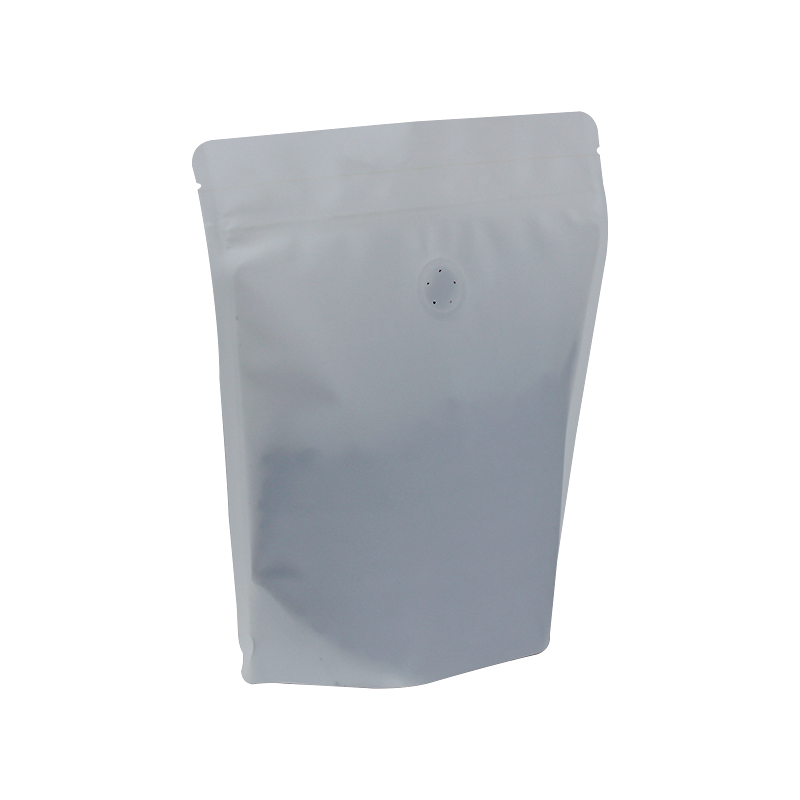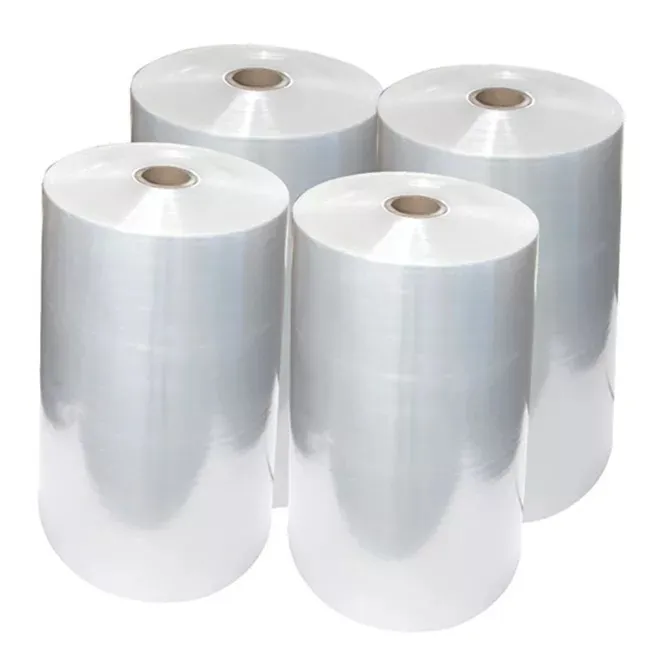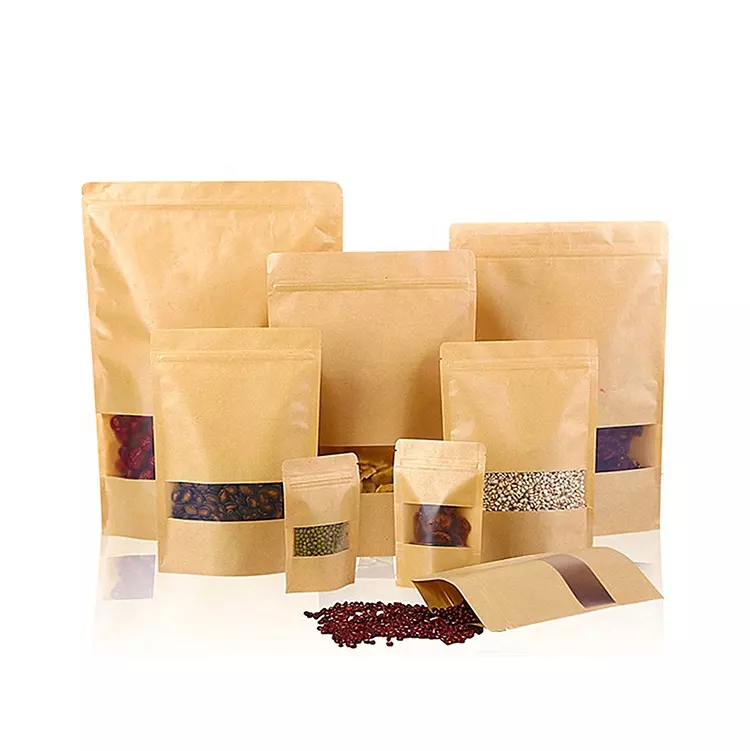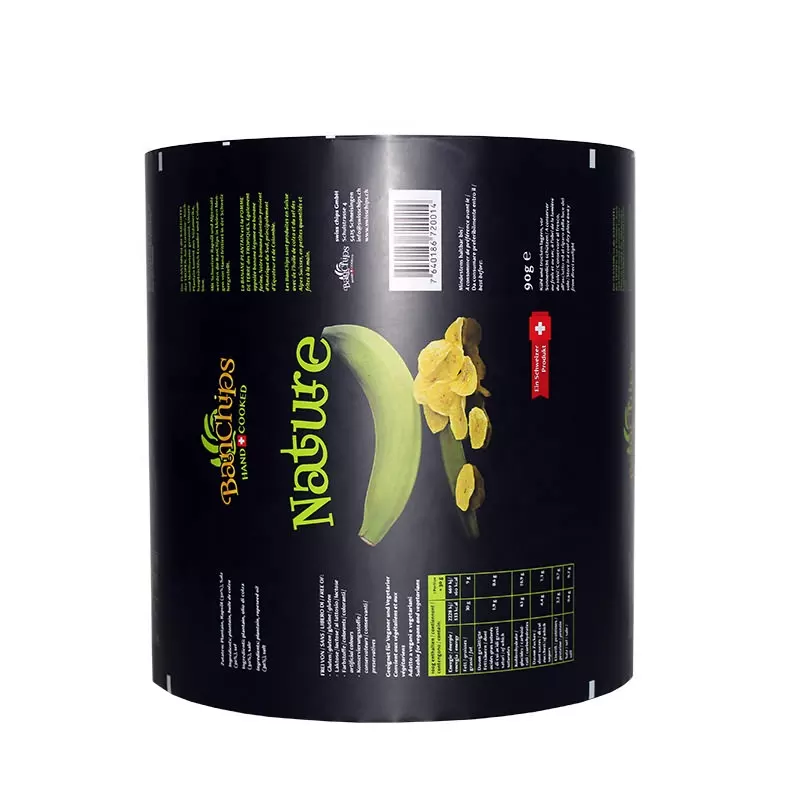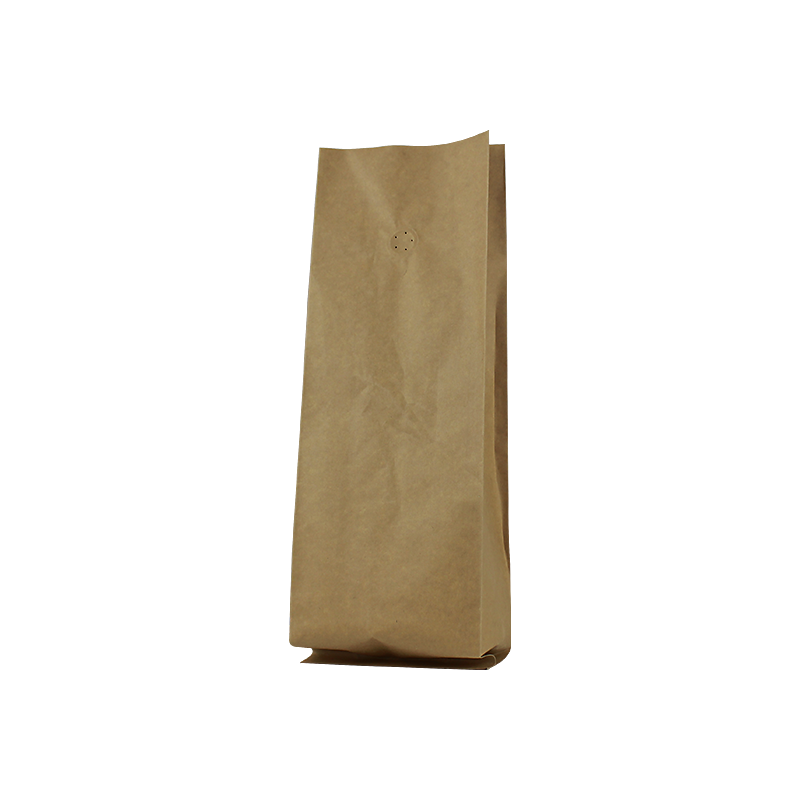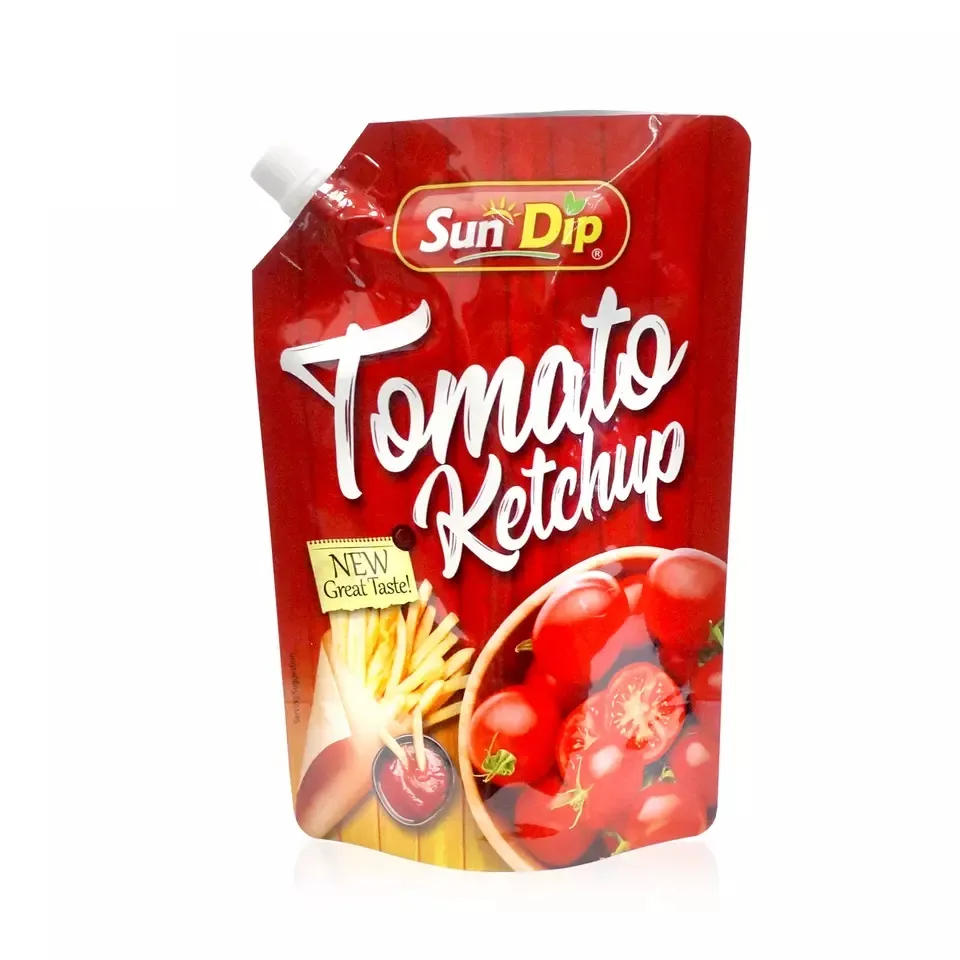- Afrikaans
- Albanian
- Amharic
- Arabic
- Armenian
- Azerbaijani
- Basque
- Belarusian
- Bengali
- Bosnian
- Bulgarian
- Catalan
- Cebuano
- chinese_simplified
- chinese_traditional
- Corsican
- Croatian
- Czech
- Danish
- Dutch
- English
- Esperanto
- Estonian
- Finnish
- French
- Frisian
- Galician
- Georgian
- German
- Greek
- Gujarati
- haitian_creole
- hausa
- hawaiian
- Hebrew
- Hindi
- Miao
- Hungarian
- Icelandic
- igbo
- Indonesian
- irish
- Italian
- Japanese
- Javanese
- Kannada
- kazakh
- Khmer
- Rwandese
- Korean
- Kurdish
- Kyrgyz
- Lao
- Latin
- Latvian
- Lithuanian
- Luxembourgish
- Macedonian
- Malgashi
- Malay
- Malayalam
- Maltese
- Maori
- Marathi
- Mongolian
- Myanmar
- Nepali
- Norwegian
- Norwegian
- Occitan
- Pashto
- Persian
- Polish
- Portuguese
- Punjabi
- Romanian
- Russian
- Samoan
- scottish-gaelic
- Serbian
- Sesotho
- Shona
- Sindhi
- Sinhala
- Slovak
- Slovenian
- Somali
- Spanish
- Sundanese
- Swahili
- Swedish
- Tagalog
- Tajik
- Tamil
- Tatar
- Telugu
- Thai
- Turkish
- Turkmen
- Ukrainian
- Urdu
- Uighur
- Uzbek
- Vietnamese
- Welsh
- Bantu
- Yiddish
- Yoruba
- Zulu
Spout Pouches
Spout pouches are a type of flexible packaging that features a spout or nozzle attached to the top of a pouch, designed for easy dispensing of the contents inside. They are commonly used for liquids, semi-liquids, and viscous products, providing both convenience and functionality. Spout pouches are often used for packaging beverages, sauces, baby food, personal care products, and cleaning solutions, among others.
Key Features of Spout Pouches:
Spout for Easy Dispensing:
The primary feature of spout pouches is the spout or nozzle, which is securely attached to the pouch. This allows for controlled dispensing of liquids or semi-liquids without the need for a separate container or bottle.
Spouts can come in a variety of sizes and designs, including twist caps, flip tops, or single-use openings. Some pouches also include resealable caps to keep the contents fresh after opening.
Stand-Up Design:
Many spout pouches are designed with a stand-up structure, which allows them to stand upright on store shelves, improving product visibility and making them more convenient for consumers to store and use. This feature is particularly beneficial for products that are stored and displayed in retail environments.
Versatility in Materials:
Spout pouches are made from multi-layer films, which provide barrier protection against moisture, air, and light, ensuring the contents stay fresh and safe. Common materials include polyethylene (PE), polyester (PET), and nylon, often with additional foil layers for enhanced barrier properties.
The material can be tailored to suit the specific needs of the product being packaged (e.g., liquid, viscous, or powder form).
Customizable Options:
Spout pouches are highly customizable in terms of size, shape, printing, and design. High-quality printing options like flexographic or gravure printing can be used to create vibrant and attractive packaging designs, including logos, product information, and branding elements.
Pouches can also be made with custom-shaped spouts and closures to match the product and brand image.
Space-Efficient and Lightweight:
Compared to rigid packaging like bottles or jars, spout pouches are lightweight and space-efficient, making them more convenient to transport and store. This can help reduce both shipping costs and environmental impact.
Eco-Friendly Options:
With increasing demand for sustainable packaging, many spout pouches are available in recyclable, biodegradable, or compostable materials. Some manufacturers are also incorporating mono-material structures to improve recyclability and reduce the environmental footprint.
Advantages of Spout Pouches:
Convenience: The spout allows for easy pouring, dispensing, or controlled usage of the product, reducing spills and waste.
Resealable: Many spout pouches come with a resealable cap or twist mechanism, allowing consumers to use the product over multiple sessions while keeping the contents fresh.
Cost-Effective: Spout pouches are typically more affordable to produce than rigid containers, thanks to their flexible nature and simpler manufacturing process.
Lightweight and Space-Saving: Spout pouches take up less space in storage and transportation, reducing logistical costs and environmental impact.
User-Friendly: Easy to handle, open, and store, making them ideal for products that need to be used in controlled portions or on-the-go.
Common Applications:
Spout pouches are used in a wide variety of industries for packaging products such as:
Beverages: Juices, smoothies, ready-to-drink teas, and alcoholic beverages.
Food: Sauces, soups, ketchup, dressings, gravies, baby food, and condiments.
Personal Care: Shampoo, conditioner, lotion, and liquid soap.
Household Products: Cleaning liquids, detergents, fabric softeners, and other liquid-based household items.
Pet Food: Liquid or semi-liquid pet food, like pouches for wet dog food or cat food.
Conclusion:
Spout pouches offer a versatile and practical packaging solution, particularly for liquids and semi-liquids. Their stand-up design, easy-to-use spout, and customizable features make them an attractive choice for many industries. Whether for beverages, food, personal care, or other products, spout pouches combine functionality with aesthetic appeal, providing convenience for consumers and cost-saving benefits for manufacturers. Additionally, as sustainability continues to be a priority, eco-friendly spout pouch options are increasingly available, helping brands meet consumer demands for greener packaging solutions.
What Is A Spout Pack?
A spout pack is a type of flexible packaging that incorporates a spout or nozzle, allowing for easy dispensing of the product inside. The spout is typically fitted with a cap, twist, or other closure mechanism to ensure that the contents are securely sealed when not in use. Spout packs are often used for liquid or semi-liquid products, making them ideal for items such as beverages, sauces, soups, baby food, pet food, cleaning solutions, and personal care products.
Key Features of a Spout Pack:
Spout for Dispensing:
The spout is the main feature of a spout pack. It allows consumers to dispense the contents in a controlled and mess-free way. The spout is often resealable, with a cap or twist closure to prevent leaks and maintain freshness after opening.
Flexible Material Construction:
Spout packs are made from flexible, multi-layered films that provide barrier protection against moisture, air, light, and contamination. This helps preserve the product's quality and extend its shelf life. The material can include layers of polyethylene (PE), polyester (PET), and sometimes foil to protect sensitive contents like liquids or food.
Stand-Up Capability:
Many spout packs have a stand-up design, which allows them to be self-supporting and stable on retail shelves. This feature enhances product visibility and provides convenience for storage and handling.
Customizable Design:
Spout packs can be customized in terms of size, shape, and graphics. Brands can print logos, product information, and other designs directly onto the packaging using advanced printing methods like flexographic or gravure printing.
Eco-Friendly Options:
With the growing demand for sustainable packaging, spout packs are increasingly available in recyclable, compostable, or biodegradable materials. Some manufacturers are also developing mono-material spout packs, which are easier to recycle.
Advantages of Spout Packs:
Convenience: The spout allows for easy pouring or dispensing of products without the need for extra tools or containers. This is especially useful for products that are consumed in smaller portions over time, such as sauces or baby food.
Portability: Spout packs are lightweight and easy to transport, making them ideal for on-the-go applications. Their flexible design allows them to be easily packed, reducing space compared to rigid containers.
Resealable and Leakproof: The resealable spout ensures that the product remains fresh and secure after opening, reducing the risk of spillage or contamination.
Cost-Effective: Compared to rigid packaging (such as bottles or jars), spout packs are generally more affordable to produce and transport due to their lightweight and flexible nature.
Eco-Friendly Options: Many spout packs are available in eco-friendly materials that meet increasing consumer demand for sustainable packaging solutions.
Common Applications of Spout Packs:
Beverages: Commonly used for juices, smoothies, energy drinks, and even alcoholic beverages like wine or cocktails.
Food: Packaging for sauces, condiments, baby food, soups, gravy, and liquid snacks.
Personal Care Products: Shampoos, conditioners, body lotions, liquid soaps, and other liquid-based toiletries.
Household Products: Cleaning liquids, detergents, and fabric softeners, where convenience and control over dispensing are key.
Pet Food: Wet pet food or liquid-based pet products, like dog or cat food pouches.
Conclusion:
A spout pack is a versatile, flexible, and user-friendly packaging option designed for liquids and semi-liquids. The spout makes it easy to dispense the product in a controlled way, making spout packs popular for beverages, food products, personal care items, and more. With benefits like convenience, portability, resealability, and cost-effectiveness, spout packs are an excellent solution for both manufacturers and consumers. Furthermore, with the growing emphasis on sustainability, eco-friendly spout pack options are also becoming more prevalent, providing brands with a packaging choice that meets environmental goals while maintaining functionality.
How Do You Fill A Spout Pouch?
Filling a spout pouch involves several steps that ensure the pouch is securely filled and sealed, whether for liquids, powders, or semi-viscous products like sauces or detergents. Here’s a general process for filling a spout pouch:
1. Prepare the Pouch
Ensure Cleanliness: The spout pouch and its spout should be clean and free of any debris to prevent contamination.
Open the Pouch: Open the spout pouch to its full capacity. Some pouches come with a gusset or folding base that needs to be expanded so the pouch stands up during filling.
2. Select the Filling Method
There are different methods for filling spout pouches, depending on the product being filled:
Manual Filling: For small batches or artisanal products, you may fill the pouch manually. This method typically uses a nozzle or funnel to direct the flow of product into the spout pouch.
Semi-Automatic Filling: A more controlled process using machines that can automatically fill the pouch to a certain level and close the top.
Fully Automatic Filling: For large-scale operations, automatic filling machines take the pouch, open it, fill it, and seal it in one continuous process.
3. Fill the Pouch
Liquid Products: For liquids, the filling nozzle is inserted into the spout pouch's opening or the pouch’s fill port, and the liquid is pumped or poured in. Ensure the pouch does not overfill.
Viscous Products: For thicker products like sauces, pastes, or creams, a piston filler or pump is often used to transfer the product into the pouch.
Powder or Granular Products: For powders, a powder filling machine or auger feeder is used to deposit the product into the pouch. Care must be taken to prevent spillage or clumping.
4. Control the Fill Level
Ensure that the pouch is filled up to the correct level, usually indicated by a fill mark or the desired product weight/volume. Overfilling can cause difficulty in sealing, while underfilling could lead to wastage or inconsistencies.
5. Seal the Pouch
Heat Sealing: After the pouch is filled, the opening or top portion of the pouch is sealed using a heat-sealing machine. The heat creates a tight seal to prevent leaks or spills.
Pressure Sealing: Some pouches may require pressure to seal, particularly if they are made of more rigid or layered materials.
Ensure the spout remains unobstructed during sealing to allow for proper dispensing after the pouch is filled and sealed.
6. Check for Leaks or Defects
After sealing, inspect the pouches for any visible leaks, improperly sealed edges, or defects. This ensures the pouches are properly prepared for shipping or use.
7. Label and Package (if applicable)
Once the pouch is filled and sealed, it may be labeled or coded with batch numbers, expiration dates, or other required information before being packed into cartons for distribution.
Equipment Used:
Filling Machines: Depending on the type of product (liquid, paste, powder), specialized machines like volumetric fillers, piston fillers, or auger fillers may be used.
Heat Sealers: Automatic or semi-automatic heat sealers ensure the pouch is sealed tightly.
Vacuum or Nitrogen Flush: In some cases, especially for food products, pouches may be flushed with nitrogen to extend shelf life before sealing.
ABOUT for more information
Product Categories
Crafts App
Contact Us
- No. 6 Hefu Road, Hengjiang Industrial Zone, Gaoming District, Foshan, Guangdong Province,China
- Tel: 86-133 3649 8096
- Email:enid@bc-pak.com





